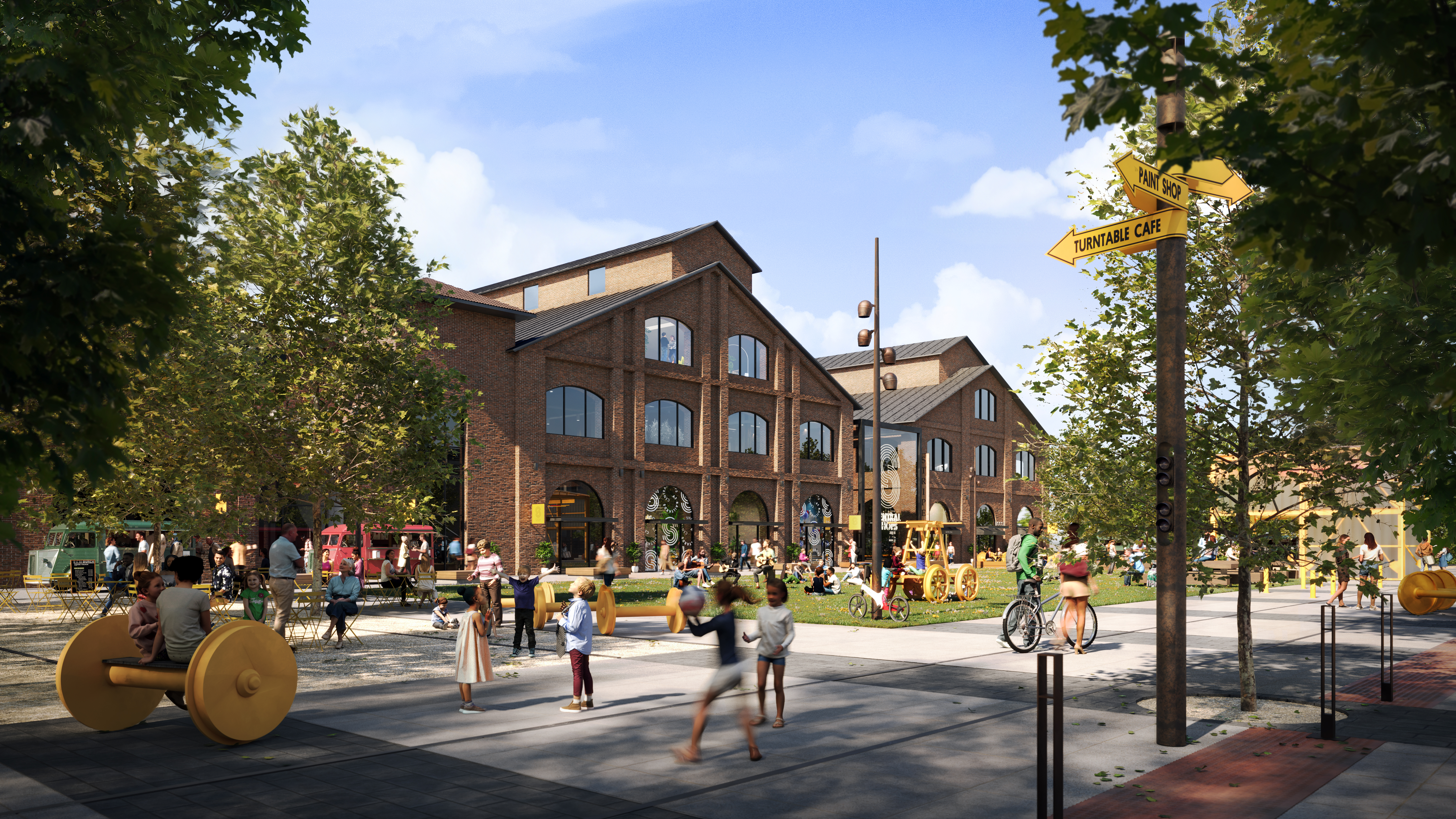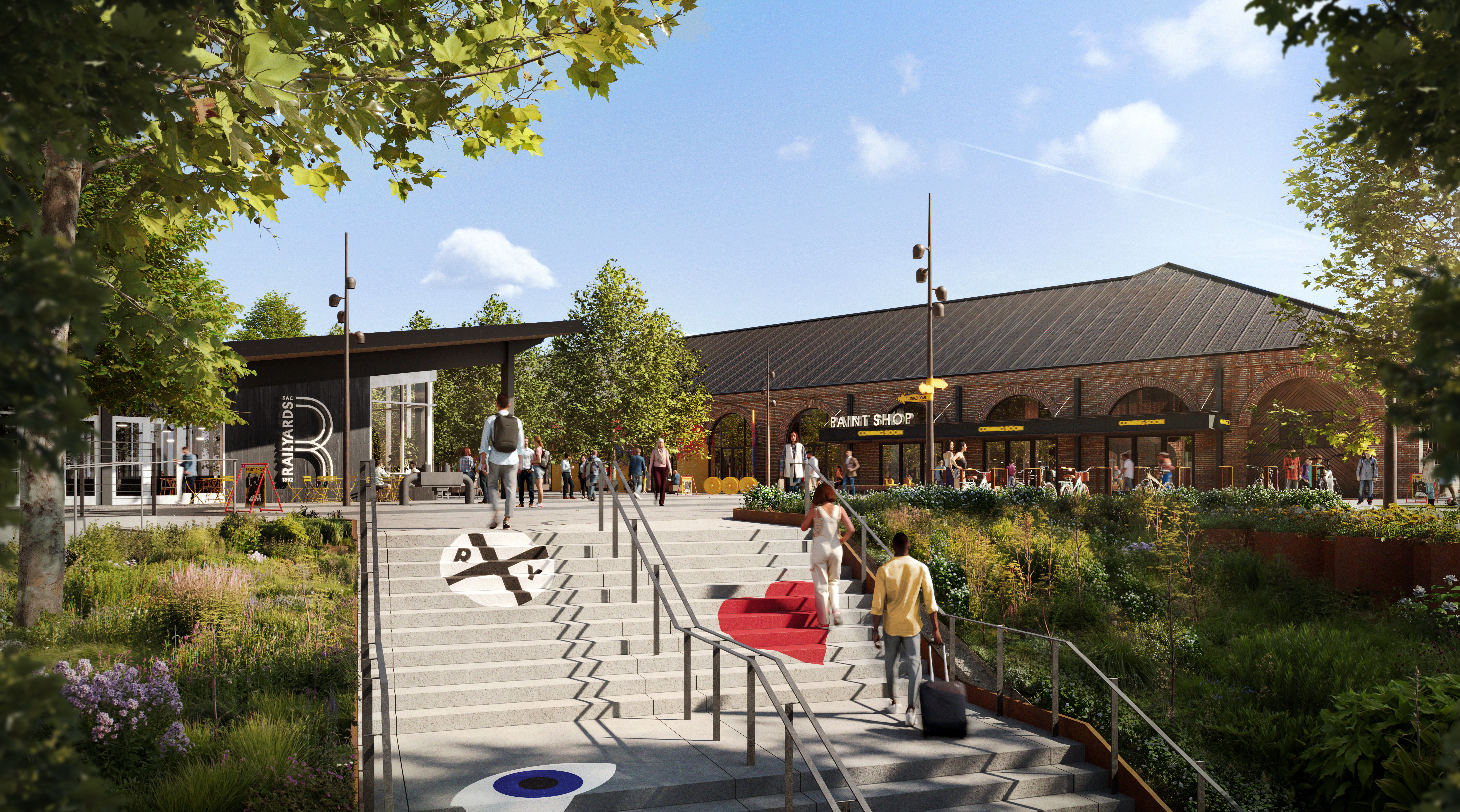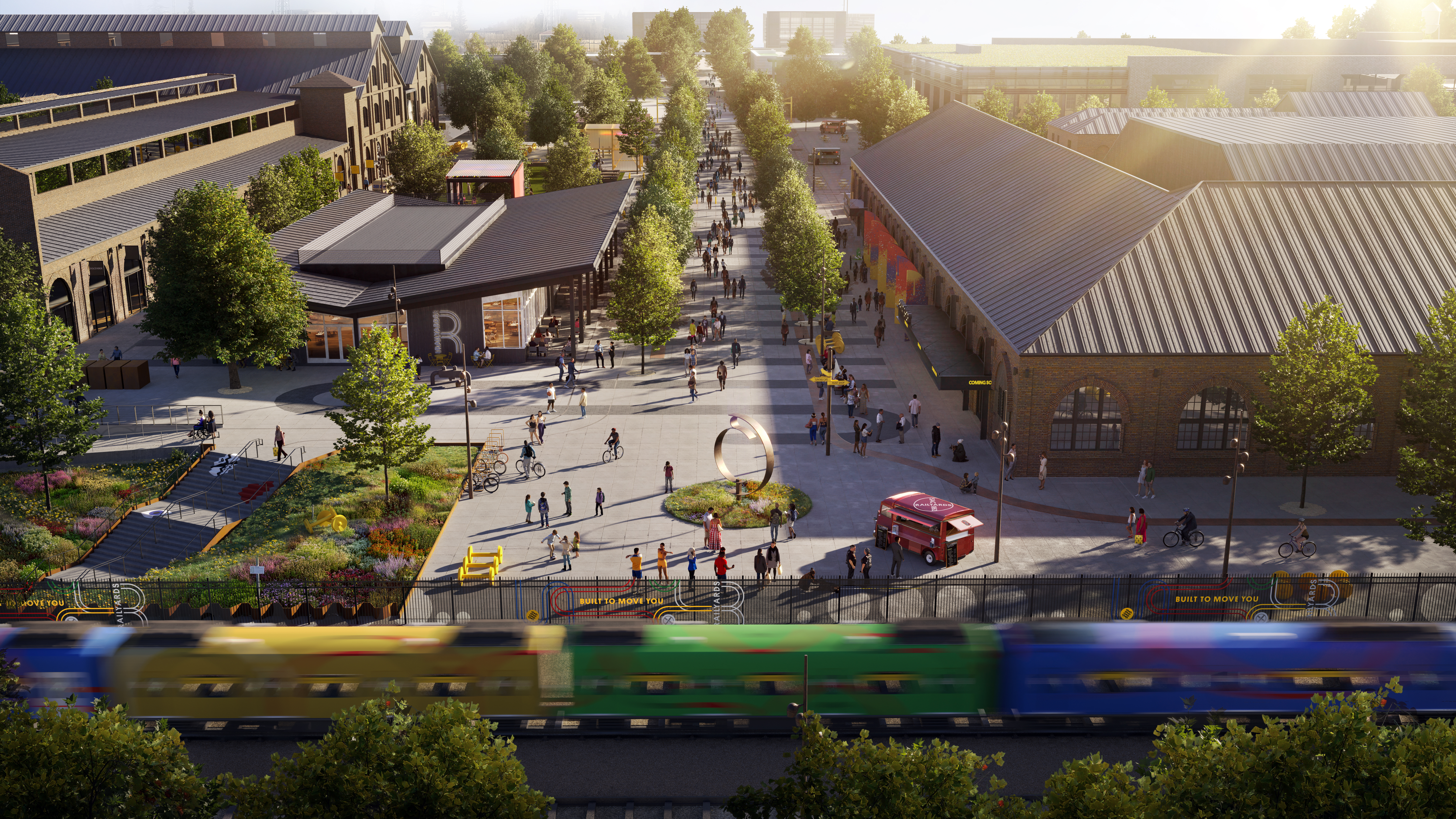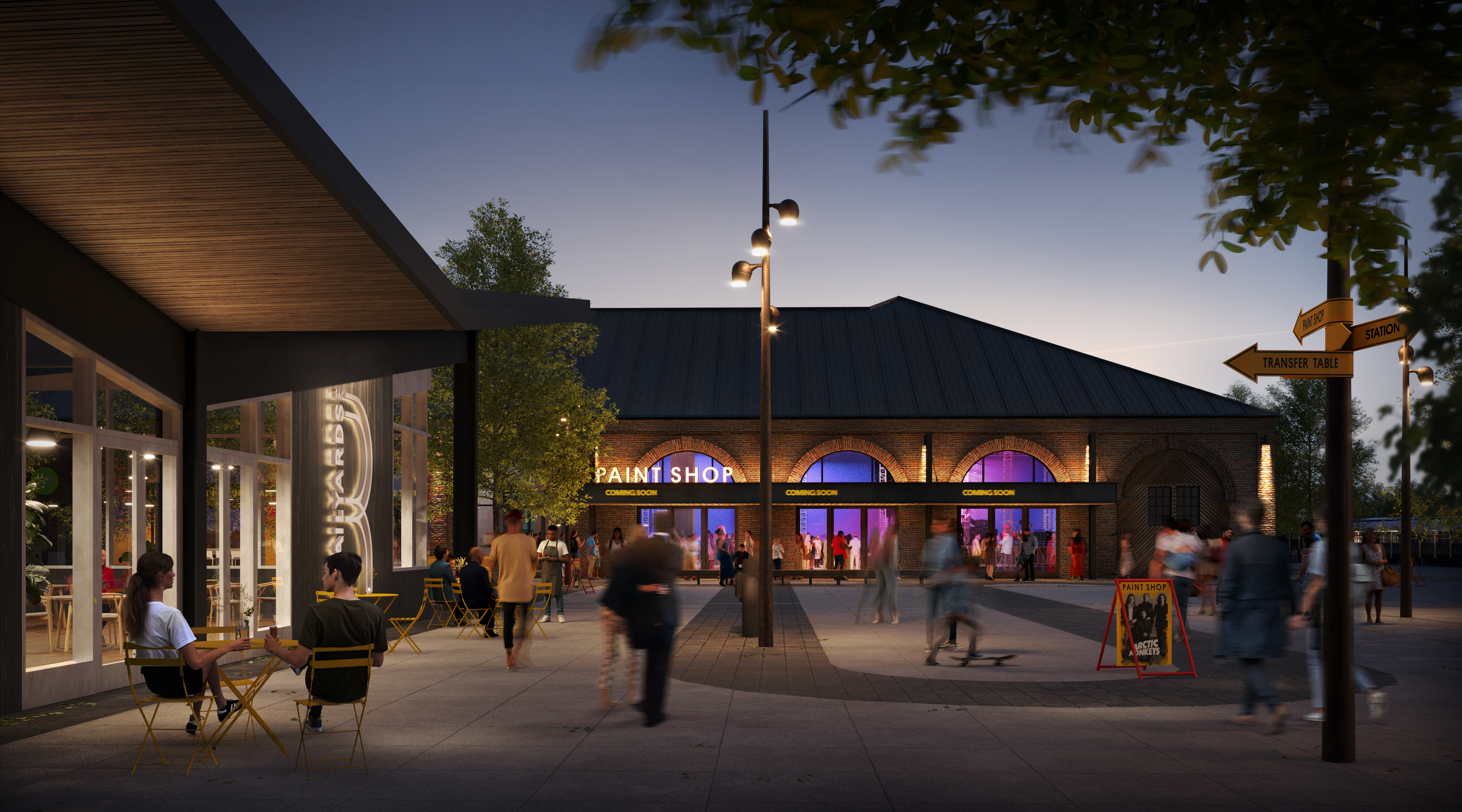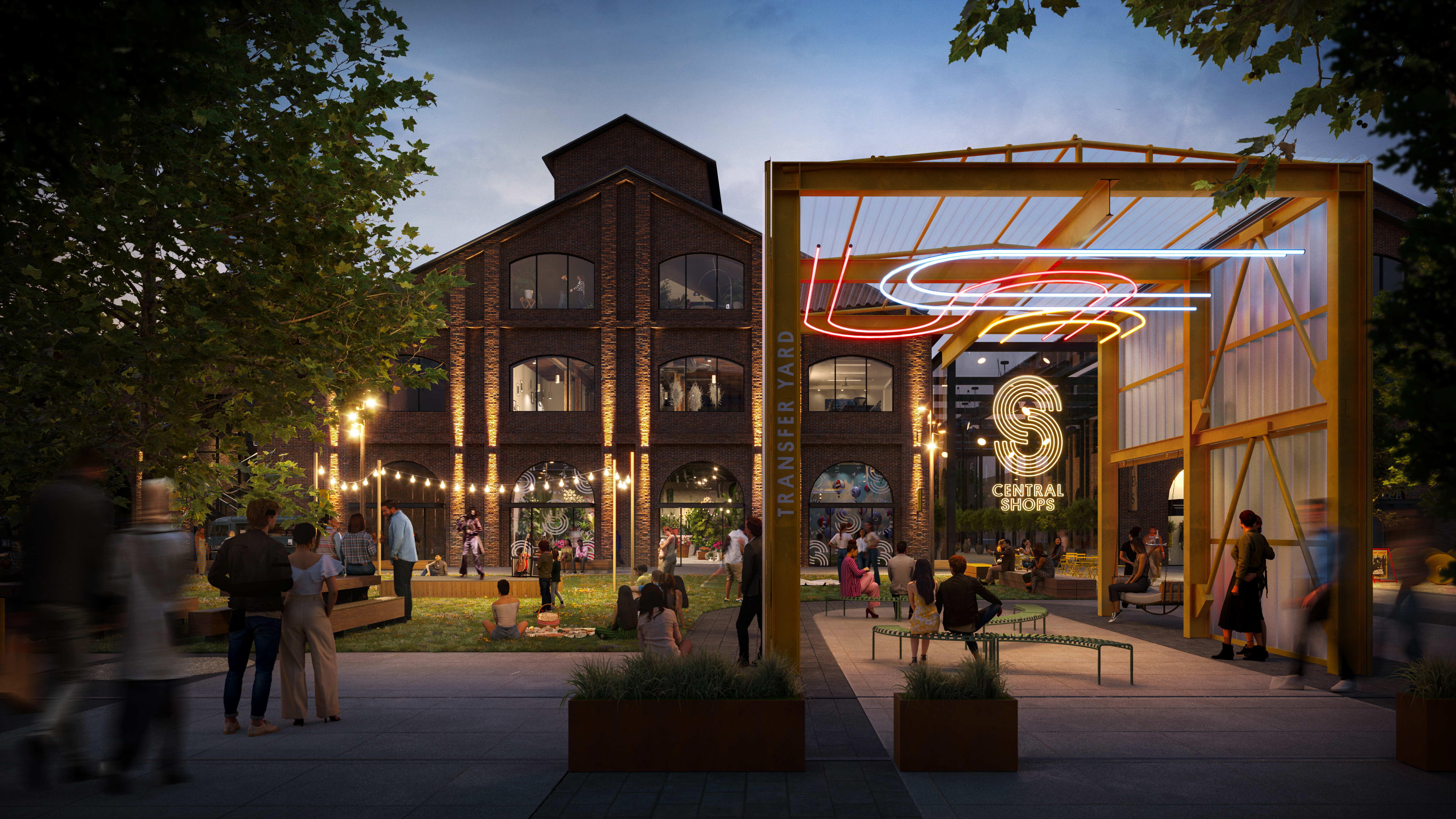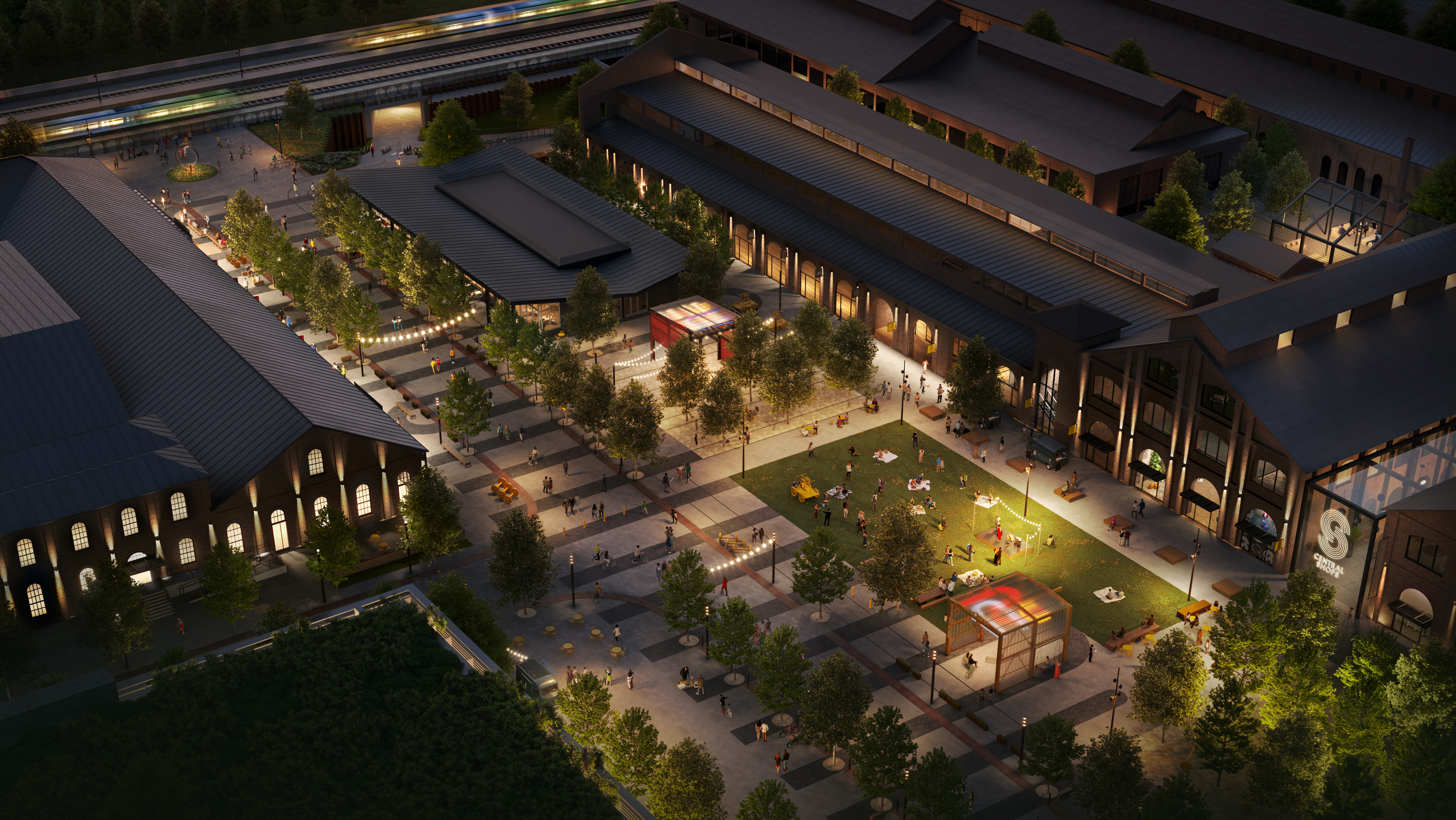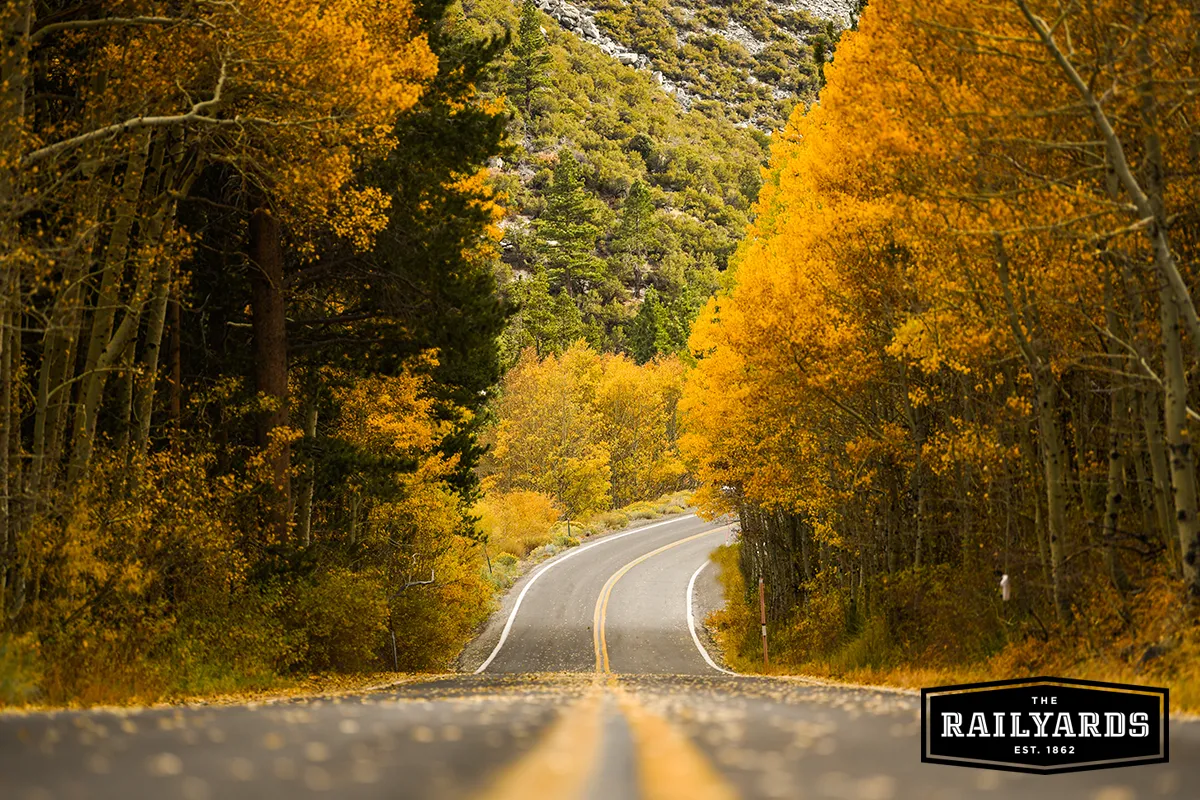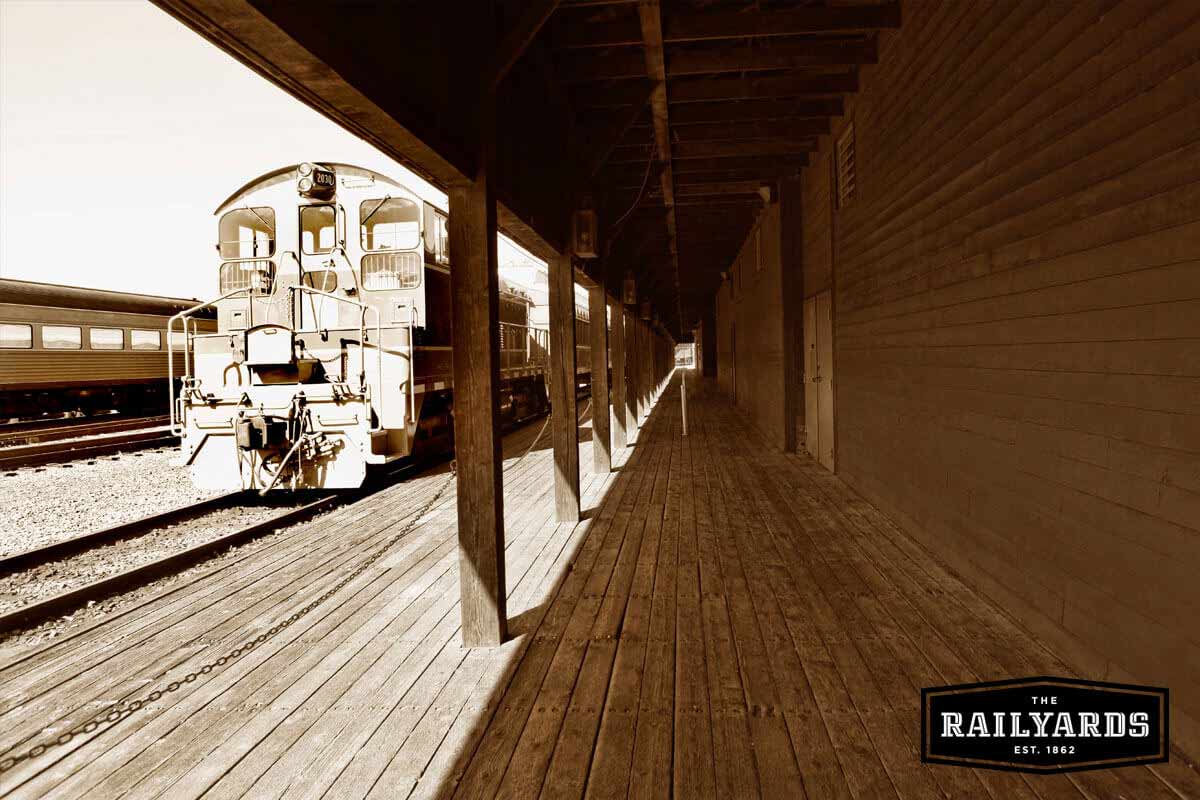
December 13, 2023 / Author: the Railyards
Think you know the history of California? Here are six events that shaped the Golden State into the place it is today.
Countless factors have shaped California over the course of its history, from the small moments in our daily lives to larger-than-life historical events.
California is known for many things: sun-kissed beaches, redwood forests, fertile farmland, cable cars, box cars, and the entertainment industry, to name a few. In its nearly 170 years of history, there have been a number of events that shaped the Golden State. Looking back over the years, which events have had the largest impact on California?
Here are six things that played a pivotal role in creating the California we know today:
The Gold Rush
Just before California became a state in the union, the most well-known and impactful event in the history of California took place: the discovery of gold in 1848.
While overseeing the construction of a sawmill on the American River, James W. Marshall first spotted gold shining in the waters of what is now known as Sutters Creek.
The news of this event spread far and wide, bringing on a population boom of epic proportions.
The first gold seekers who came to the area were from nearby San Francisco, where it was reported that three-quarters of the male population had abandoned their jobs to seek fortunes in the nearby area. They left empty storefronts and businesses in their wake. The next wave of migrants came from lands accessible by boat, such as Oregon, Hawaii, Mexico, Chile, Peru, and China.
After President James Polk announced the corroboration of the accounts of the abundance of gold in his inaugural speech, the gold rush was officially on. Men left their homes, families, and farms across the United States as they headed to California in pursuit of gold.
By the end of 1949, the non-native population of California had jumped from just 800 (in early 1948) to 100,000.
With the influx of (mostly) men from all over the world searching for riches, towns popped up throughout the Sacramento area and surrounding foothills. Sacramento became a boom town, turning into a bustling city overnight.
Rarely do areas see such rapid migration, gaining an immediate and large population over the course of one year.
When California ran out of gold, it maintained its population. Many California newcomers remained, forever altering its social, environmental, and political landscape.
The Sierra Club
While the Gold Rush was great for California’s growth, it did not benefit the state’s natural resources.
Environmental changes brought on by rapidly growing populations of gold miners throughout California were wreaking havoc on the pristine landscape.
The Scottish-born naturalist John Muir and his supporters had the foresight to see that, without government regulation, scenic California could fall victim to limitless development and be stripped of its majestic beauty.
Muir believed natural parks and forests should be preserved and resources rendered off-limits to industrial interests.
Establishing the Sierra Club in 1982, Muir and other founding members created the organization to “explore, enjoy, and protect the wild places of the earth.” Muir was the club’s first president, presiding until he died in 1914.
In the early 1900s, the National Park Service was created, with Sierra Club member Stephen Mather appointed as its first Director.
Over the years, the Sierra Club has helped fight to protect California’s natural resources in Yosemite, the Coastal Redwoods, and Calaveras Big Trees, to name a few.
John Muir, known as the “Father of the National Parks” and founding president of the Sierra Club, was not without his faults. In 2020, the Sierra Club announced it was time for “some truth-telling about the Sierra Club’s early history.” Muir may have been a staunch conservationist who fought to protect the natural beauty of California, but he was also a man who held troubling beliefs and made racist comments about Indigenous, Mexican, and Black people.
The Sierra Club’s impact on California is evident, as its preservation efforts helped maintain the beautiful landscape. The natural beauty and wonder of California is a draw, attracting visitors from all over the globe and bringing in more than $134 billion in tourism dollars to the state each year.
The Transcontinental Railroad and Agriculture
As gold mining dwindled, it gave rise to the success of the cattle industry. It was a short-lived success.
From December 1861 to January 1862, California was struck by the greatest flood period in the state’s history. Weeks of constant rainfall and heavy snowfall in the Sierras turned California into a flood-ravaged sea. While the entire state was underwater, Sacramento suffered the worst.
Over 200,000 head of cattle were lost in these floods, destroying California’s most profitable industry.
Following the devastation, Californians rebuilt their homes and businesses, but the ranching industry could not recover from the loss of cattle.
It wasn’t until the “Big Four”– ambitious businessmen and politicians Charles Crocker, California Governor Leland Stanford, Collis Huntington, and Mark Hopkins – founded the Central Pacific Railroad in 1861 that new industries began to take hold in California.
Connecting the West Coast to East, the Transcontinental Railroad stretched from Sacramento to Iowa, where it met up with existing railroads branched throughout the East.
While the booming industry at the Sacramento Railyards had no shortage of employment opportunities – in 1910, 33% of all Sacramento jobs were with the Southern Pacific Railroad – the most formative change that came with the Transcontinental Railroad was California’s ability to export its most valuable resource: fresh produce.
The first ice-cooled freight car was built in the Sacramento Railroad Shops, thus enabling California-grown fruit to be shipped throughout the country.
For the first time, California produce and salmon shipments could travel by train to the East Coast. The demand for California-grown produce boomed, and the agricultural industry became a major force in the Golden State.
This forever changed California’s agricultural industry and the whole country’s ability to access healthy, fresh foods.
Today, California agriculture is a $49 billion dollar industry that generates at least $100 billion in related economic activity. For 50 years, California has been the most productive agricultural state in the nation. Over a third of the country’s vegetables and nearly three-quarters of the country’s fruits and nuts are grown in California. The agriculture industry in California is a representation of the early Californian ranchers and farmers, such as the Spanish missionaries and the Mexican, Japanese, Chinese, and Russian cultures that worked the land. Nearly every nationality is represented in California agriculture.
The Transcontinental Railroad made an indelible mark on the entire country, but the innovation in Sacramento’s railyard shops forever altered the economy of California by ushering in the agricultural age.
San Francisco Earthquake and Fire
Rupturing the San Andreas fault from the north and south of San Francisco, at a length of 296 miles, the quake could be felt all the way from Los Angeles to Oregon and even in parts of Nevada. The 1906 San Francisco earthquake immediately demobilized the city’s water main system, making it impossible for firefighters to combat the flames that soon followed.
The numbers tell the tale of devastation:
- 3,000 lives lost
- 28,000 buildings leveled
- 250,000 citizens rendered homeless
While this was a tragedy of epic proportions, the post-quake rebuilding of San Francisco truly changed the shape of California.
Developers and builders immediately began rebuilding the leveled city from scratch.
The destruction from the 1906 earthquake allowed planners to create a new and improved city. The Western boomtown had grown in a haphazard manner since the Gold Rush of 1849. Working from a nearly clean slate, the city of San Francisco was able to be rebuilt with a more logical and elegant structure. The destruction of the urban center of San Francisco also encouraged the growth of new towns around the San Francisco Bay, making room for a population boom arriving from other parts of the United States and abroad.
A new San Francisco, built to better withstand earthquakes, rose out of the ashes of the tragic events of April 18, 1906. The iconic California city revered throughout the world today would not exist without the devastation of the 1906 earthquake.
See photos of San Francisco after the 1906 earthquake at the National Archives Catalog.
The Golden Gate Bridge
It’s a national landmark serving as a worldwide symbol of the Golden West, but the Golden Gate Bridge wasn’t always popular.
Many were against its construction, with over 2,300 lawsuits filed against the project before it broke ground.
Environmentalists like John Muir and Ansel Adams feared it would mare the natural, pristine beauty of the landscape.
And maybe it would’ve, had it been built to its original design. The public wasn’t pleased when the original bridge concept was revealed. The press called it “ugly."
Even the Southern Pacific Railroad, with vast investment interests in the lucrative boat system that would ferry souls across the bay, fought the building of the bridge that would provide people a new path to and from the city; they didn’t want it cutting into their stronghold and reducing their profits.
Once all the legal hurdles were traversed, the project broke ground in 1933 and was opened a short four years later, ahead of schedule and below budget, with a celebration that lasted for a week.
The 840 million-ton bridge set a world record for the longest bridge span when it was constructed in 1937. The bridge cost $35 million to construct in the 1930s, equivalent to $1.5 billion today.
Now, one could hardly imagine the bay without its Golden Gate. Although it is often enshrouded in a blanket of fog, the bridge shines brightly as one of California’s most iconic and recognizable symbols.
2017 Wildfire Devastation
October through December of 2017 saw a rash of historically destructive wildfires raging through Northern and Southern California.
Governor Jerry Brown was not exaggerating when quoted as saying, “This is truly one of the greatest, if not the greatest tragedy that California has ever faced. The devastation is just unbelievable, it’s a horror that no one could have imagined.”
It is believed that the new growth in California’s forests and wildlands was spurned by the heavy rains of the 2016-2017 winter season, which then dried out and provided massive amounts of fodder for the fires. This, coupled with dry autumn conditions and heavy winds in 2017, made conditions just right for everything to go wrong.
As of mid-December 2017, more than 10,000 structures in California had been damaged or destroyed, a number that soars above an accumulation of the last nine years together. Devastatingly, 43 people were killed by the large wildfires in California, a number that is greater than the last ten years combined.
The destruction from the fires led to another disaster the following month when mudslides in Santa Barbara sent water and mud rushing into Montecito. The mudslides destroyed over 100 homes, evacuated thousands and resulted in 20 lives lost. The damaging mudslide has been directly tied to the catastrophic Thomas Fire that destroyed 300,000 acres the prior month.
Damage claims from those affected by the fires reached $11.8 billion, making them the most expensive series of wildfires in state history. Economic experts warn that the true cost to the State economy could reach $100 billion in the long term, bringing fiscal pain for years to come as California attempts to rebuild and rise from the ashes.
From moments that brought a population boom, changed the way our cities look, affected industry, and changed the physical landscape, the events that shaped California into the state it is today are vast and far-reaching.
This post was updated in 2023 to reflect updated information and statistics. It was originally published in 2018.

